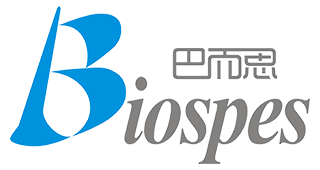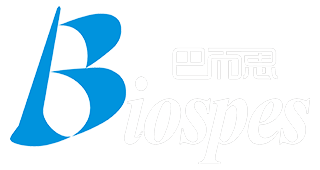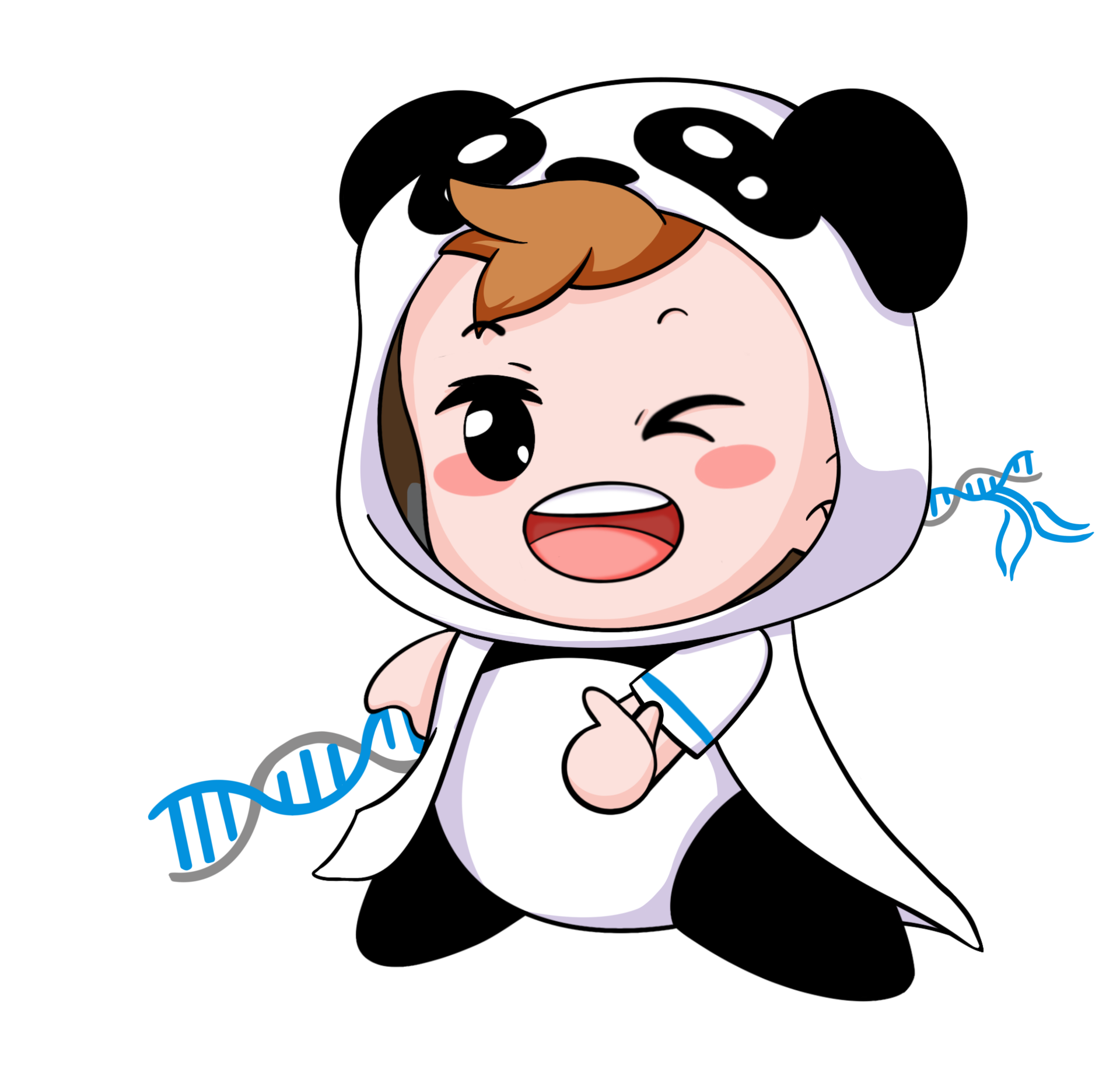Polyclonal Anti- TGFβ1/ TGFβ antibody
Lot # Check on the product label
Size: 100 μl
Isotype: IgG
Host: Rabbit
Reactivity: Human, mouse, rat
--------------------------------------------------------------------------------------------------------------
Price: ---
Catalog# YPA1196
Lot # Check on the product label
Size 100 μl
Isotype IgG
Host Rabbit
Reactivity
Human, mouse, rat
Immunogen KLH-conjugated synthetic peptide encompassing a sequence within the C-term region of human TGF beta 1.
Purification Purified by immunogen affinity chromatography
Content Liquid in 0.42% Potassium phosphate, 0.87% Sodium chloride, pH 7.3, 30% glycerol, and 0.01% sodium azide.
Recommend Application
Western Blot, WB (1:500-1:1000)
Immunohistochemistry, IHC (1:50-1:100)
Immunocytochemistry, ICC/IF(1:50-1:200)
Other applications have not been tested.
The optimal dilutions should be determined by end user.
Storage Instruction
Ship at 2-8°C, when receipt, aliquot and store at -20°C for one year.
Avoid repeated freeze and thaw cycles.
Background
Transforming growth factor beta 1 ( TGFB1) is also known as TGF-β1, TGFβ, CED, DPD1. is a polypeptide member of the transforming growth factor beta superfamily of cytokines. It is a secreted protein that performs many cellular functions, including the control of cell growth, cell proliferation, cell differentiation and apoptosis. The TGFB1 protein helps control the growth and division (proliferation) of cells, the process by which cells mature to carry out specific functions (differentiation), cell movement (motility), and the self-destruction of cells (apoptosis). The TGFB1 protein is found throughout the body and plays a role in development before birth, the formation of blood vessels, the regulation of muscle tissue and body fat development, wound healing, and immune system function. TGFB1 is particularly abundant in tissues that make up the skeleton, where it helps regulate bone growth, and in the intricate lattice that forms in the spaces between cells (the extracellular matrix). Within cells, this protein is turned off (inactive) until it receives a chemical signal to become active.
Reference
1. "A mutation affecting the latency-associated peptide of TGFbeta1 in Camurati-Engelmann disease enhances osteoclast formation in vitro." McGowan N.W., MacPherson H., Janssens K., Van Hul W., Frith J.C., Fraser W.D., Ralston S.H., Helfrich M.H. J. Clin. Endocrinol. Metab. 88:3321-3326(2003).
2. "Identification of CD109 as part of the TGF-beta receptor system in human keratinocytes." Finnson K.W., Tam B.Y.Y., Liu K., Marcoux A., Bizet A.A., Philip A. FASEB J. 20:1525-1527(2006).



